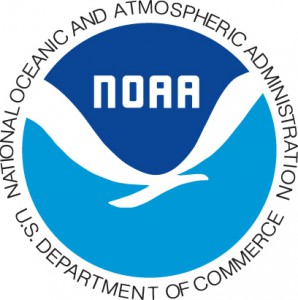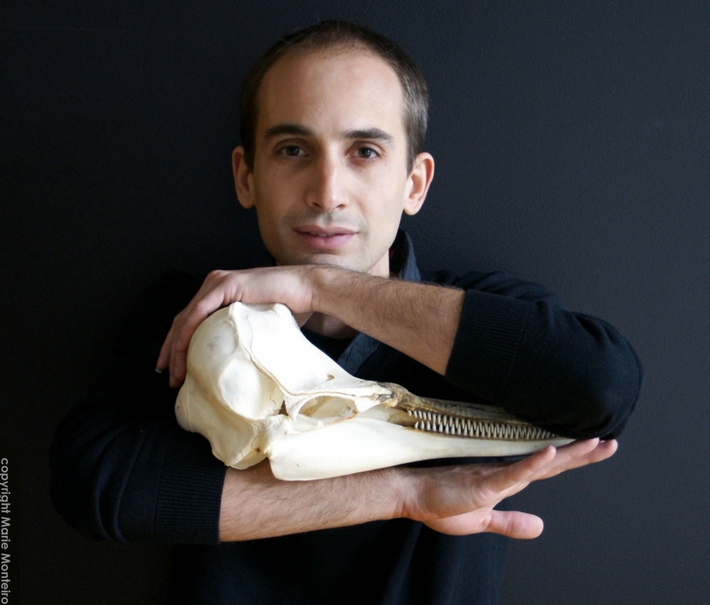
Post Doctoral Fellow
Tel: 604.822.9111
Fax: 604.822.8180
E-mail: j.spitz@oceans.ubc.ca
Research Interests: Foraging ecology of top predator; Nutrition & metabolism physiology; Molecular ecology; Marine mammals-fisheries interactions; Ichthyology.
Research: My research is primarily focussed on the foraging of marine top predators—especially marine mammals. I seek to expand on the simple taxonomic description of diets to understand how prey characteristics could influence the foraging strategies of marine mammals. I have been using structural characteristics or functional traits of predators (such as mitochondrial density in muscle, lipids reserves in muscle or maximum speed) to explain some aspects of predator-prey relationships. My research in functional foraging ecology ranges from genes to ecosystems and contributes to the monitoring and conservation of marine mammals, as well as fisheries management.
Current projects:
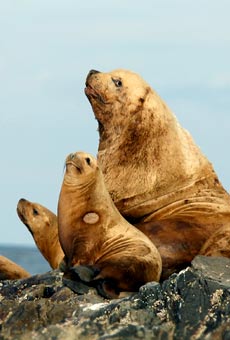
Steller sea lion
1. Genomics response to nutritional stress. Reductions in the quality and quantity of prey available to marine mammals can cause nutritional stress and negatively affect population numbers. Nutritional stress is believed by many to explain the decline of Steller sea lions, but direct evidence supporting or refuting this hypothesis has been unobtainable due to a lack of appropriate tools. However, recent molecular studies on terrestrial mammals have shown that nutritional stress can be identified from differential gene expression. This approach has not yet been applied to marine mammals. We are developing and validating this method for identifying nutritionally stressed populations of marine mammals by obtaining blood samples from captive Steller sea lions under different experimental feeding conditions. We will sequence nuclear candidate genes and determine their differential expression using quantitative PCR to identify gene expression profiles that indicate nutritional stress. This will be the first study to develop an indicator of nutritional stress in marine mammals based on gene expression, and the first to develop an innovative molecular tool to monitor pinniped colonies and their exposure to nutritional stress. Such an approach has the potential to be implemented for cetaceans and seabird populations, and stands to directly contribute to the conservation of large marine predators and the management of fisheries.
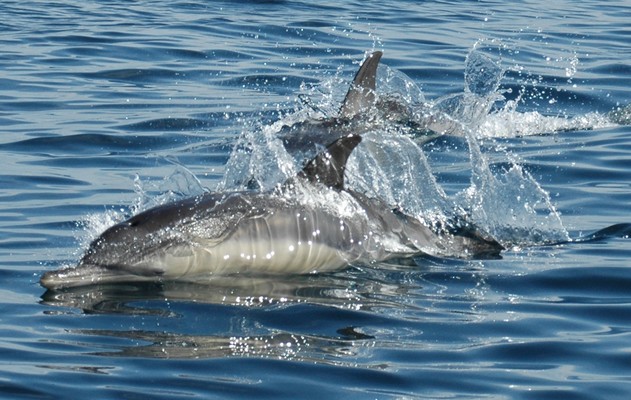
Common dolphin
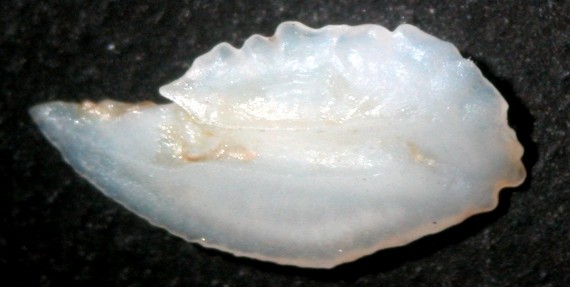
Fish otolith
3. Diets of marine top predators: The observed diets of marine predators reflect a combination of resource availability and foraging strategies. Resources availability is determined by a combination of spatially-defined characteristics of the environment such as depth and slope, and more mobile or temporary features such as a wide variety of hydrological processes. The latter, foraging strategies, is determined by costs and benefits associated with foraging that are linked to limitations in physiological, physical or social functioning. Thus, knowing the diets of top predators is central to better understanding their ecology and some of the threats they may face. My research contributes to increasing knowledge about the prey preferences of large marine predators, which I have been pursuing using stomach or scat contents and stable isotopes analyses on various predators such as the harbour seal, bottlenose dolphin, large fish and deep-shark.
Publications:
|
||||

